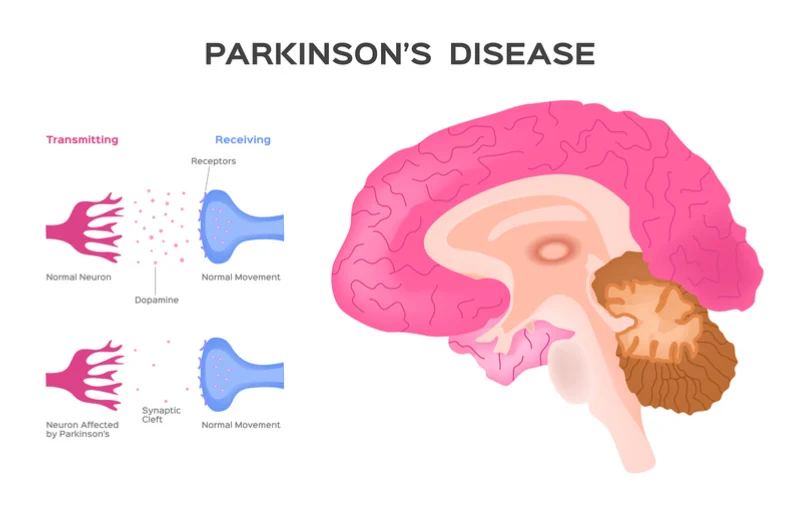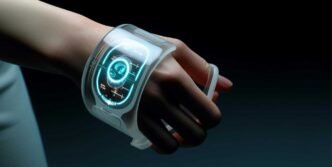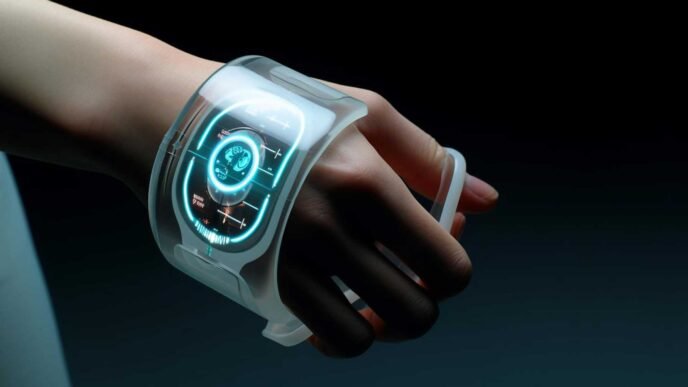Harvard Researchers Develop Life-Changing Solution to Freezing of Gait (FOG) in Parkinson’s Patients
In a groundbreaking advancement, researchers at Harvard John A. Paulson School of Engineering and Applied Sciences (SEAS) have developed a soft exoskeleton capable of freeing Parkinson’s patients from the debilitating symptom known as Freezing of Gait (FOG). Parkinson’s disease, a neurodegenerative disorder affecting millions globally, frequently traps individuals in sudden immobility, causing them to freeze mid-walk and often leading to devastating falls. Current treatments for FOG, including medication and physical therapy, have had limited success—until now.
Harvard’s exoskeleton technology, developed in collaboration with Boston University, has demonstrated the potential to significantly improve the quality of life for individuals suffering from Parkinson’s, restoring not just movement but independence.
Parkinson’s Disease: The Silent Crisis of Freezing of Gait
Parkinson’s disease affects more than 10 million people worldwide, with a significant number experiencing FOG, a poorly understood symptom that leaves patients trapped mid-step, unable to move. Studies show that nearly 60% of Parkinson’s patients experience FOG, and it is responsible for a high percentage of falls, leading to injuries and further loss of mobility.
FOG episodes are unpredictable and often occur during transitions in movement, such as turning or starting to walk. For patients, these episodes rob them of the freedom to walk and talk, frequently forcing them to rely on assistive devices like wheelchairs and scooters.
Harvard’s Soft Exoskeleton: A Game-Changer for Mobility
After months of research and testing, Harvard SEAS has developed a wearable soft exoskeleton, which promises to offer Parkinson’s patients a new lease on life. Unlike traditional bulky exoskeletons, this soft version is lightweight and uses cable-driven actuators and sensors worn around the waist and thighs.
Here’s how it works:
•Sensors track motion: Sensors collect data on the wearer’s gait, including their step pattern and speed.
•Assistive forces: Algorithms analyze the movement data in real time and generate forces that aid muscle movement. This enables a smoother walking experience.
•Instant results: Without requiring any special training, users of the exoskeleton experience immediate improvements in their ability to walk, even in challenging environments.
Researchers tested the exoskeleton on a 73-year-old man with Parkinson’s, who had suffered from frequent FOG episodes—over 10 times a day—even after using both surgical and pharmacologic treatments. The results were astounding. The patient could walk indoors without any freezing and only experienced occasional freezing episodes outdoors. This represents a significant improvement compared to traditional treatment methods.
A New Approach: From ‘Top-Down’ to ‘Bottom-Up’ Treatment
FOG has traditionally been treated from a “top-down” approach, focusing on altering brain chemistry and cognitive functions through medication or surgery. However, Harvard’s innovative exoskeleton employs a “bottom-up” strategy by addressing the mechanical aspect of walking. This method restores near-normal biomechanics and alters the body’s peripheral dynamics, which in turn can positively influence how the brain processes gait control.
This shift in perspective—focusing on physical movement to impact neurological control—offers a fresh direction for treating FOG and other motor symptoms of Parkinson’s disease. The promising results of the exoskeleton trial underscore the potential of this approach to transform lives.
The Science Behind the Exoskeleton: Why It Works
What makes this innovation truly remarkable is the seamless integration of biomechanics and AI:
•Real-Time Data Analysis: The exoskeleton gathers data about the user’s gait in real time, allowing the device to adjust on the fly to provide tailored assistance.
•Natural Walking Experience: Unlike rigid exoskeletons, this soft model supports the natural movement of the muscles, helping patients walk smoothly without feeling constricted.
•Minimal Training Required: Because of its intuitive design, users experience immediate benefits without having to undergo complex training or adjustments.
The combination of these features makes this technology a breakthrough in Parkinson’s care, especially for individuals who have not responded well to traditional treatments.
Hope on the Horizon: What This Means for Parkinson’s Patients
Harvard’s exoskeleton has the potential to change the lives of millions of people around the world suffering from FOG:
•Greater Independence: Patients can regain the ability to move around freely, indoors and outdoors, reducing their dependence on mobility aids.
•Enhanced Safety: By minimizing FOG episodes, the risk of falls and related injuries decreases, improving overall safety.
•Improved Quality of Life: With the ability to walk and talk without freezing, patients can participate in daily activities, socialize, and live more fulfilling lives.
Future Implications for AI in Healthcare
This achievement goes beyond Parkinson’s care. The application of AI-driven exoskeletons in healthcare could revolutionize how we approach mobility impairments caused by other neurological conditions, such as stroke or multiple sclerosis. The integration of artificial intelligence into wearable technology allows for real-time adaptation and personalized care, a significant leap forward in medical treatment.
With the AI sector projected to grow by 43% annually through 2030, innovations like Harvard’s exoskeleton are set to become increasingly commonplace. The ability to combine AI with mechanical assistance opens the door to a new era in medical technology, where intelligent devices can restore both autonomy and dignity to patients facing mobility challenges.
A Glimpse into the Future: The Role of Exoskeletons in Everyday Life
Looking ahead, we can expect the development of even more advanced versions of this exoskeleton. As the technology evolves, it could become more affordable and accessible, benefiting not only Parkinson’s patients but also individuals with other mobility-related conditions.
•Affordability and Accessibility: As production scales up, costs will come down, making these devices available to a broader range of patients.
•AI Advancements: Continued innovation in AI algorithms will lead to even smarter devices capable of learning from users’ unique movement patterns to provide even more tailored assistance.
Conclusion: A New Era of Mobility for Parkinson’s Patients
Harvard’s soft exoskeleton is a monumental step forward in the treatment of Parkinson’s disease, offering a solution to one of the most frustrating symptoms of the condition—Freezing of Gait. By combining biomechanics with cutting-edge AI, this innovation provides patients with immediate improvements in mobility, safety, and quality of life.
For the millions of people living with Parkinson’s disease, the future looks brighter than ever. This exoskeleton could restore the freedom to move, providing hope and independence to those who need it most.











